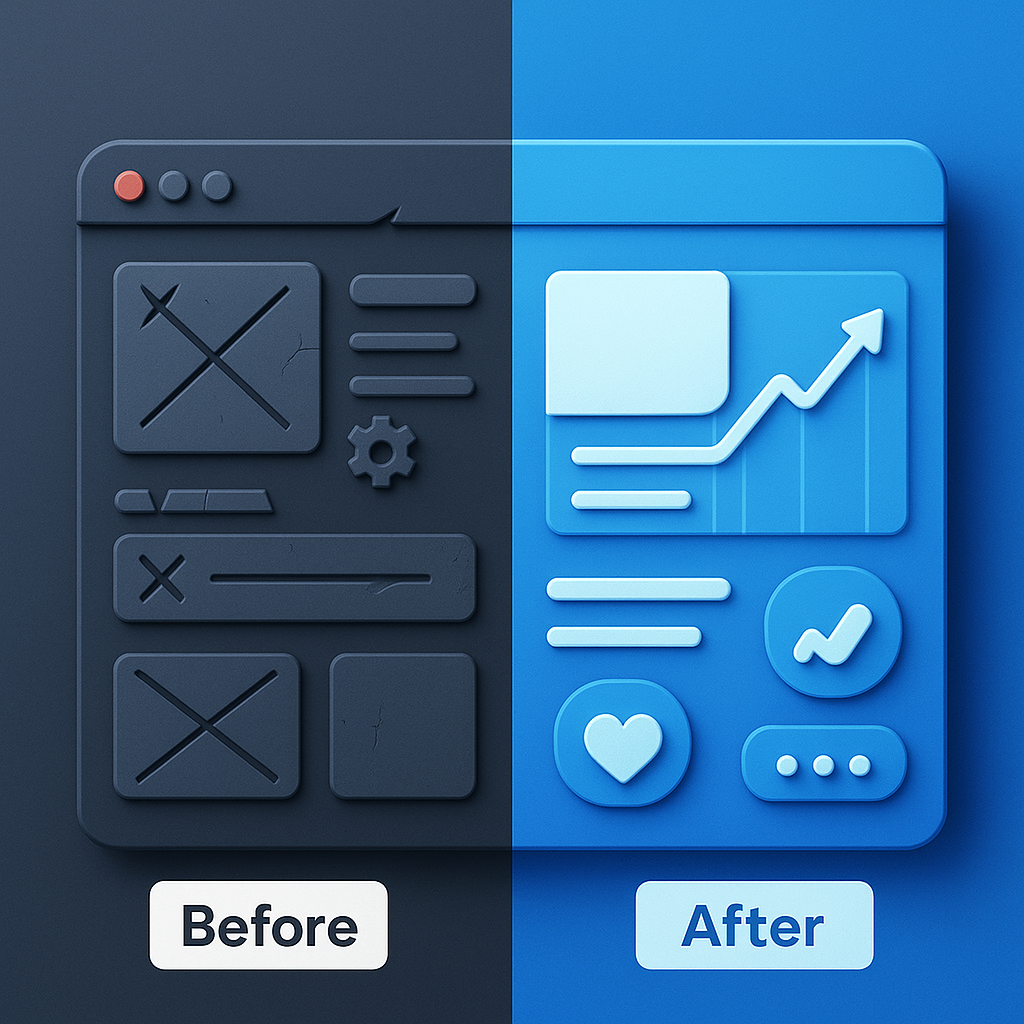Learning how to flip websites for profit is one of the fastest ways to start earning from digital real estate. Instead of building from scratch, you’re improving what already works, and turning that into cash.
What makes it so effective is the leverage. Someone else already built the foundation. Your job is to find what they missed, polish the asset, and create a smoother, more valuable version of what’s already there.
Not every site is worth flipping. But when you find the right one, the results can come quickly.
How to Flip Websites for Profit: What Actually Works
When you buy a website, you’re often stepping into a neglected opportunity. It might have solid content, growing traffic, or even some earnings—but something’s off. Maybe the SEO hasn’t been touched in years. Maybe the design is outdated. Maybe there’s no real monetization in place.
This is where the value lies. You’re not guessing whether the site will work. It already does. You’re just unlocking the rest of its potential.
Some flippers look for small content sites with low-effort monetization. Others prefer affiliate models or e-commerce. What matters most is spotting inefficiencies: poor layout, missed revenue streams, or untapped audiences. You’re not reinventing the site. You’re tightening the bolts.
Finding Sites with Flipping Potential
There are several well-known marketplaces that list websites in a range of niches and models, like Empire Flippers, where you’ll find vetted listings with detailed financial data. You’ll find blogs, affiliate sites, SaaS products, and more, often with detailed traffic and revenue breakdowns.
But those aren’t the only places to look.
Some of the best deals happen quietly, without public listings. Private Slack channels, Reddit threads, indie hacker communities, and newsletters from solo creators often feature site owners looking to move on. These situations can lead to faster conversations and less competition.
The key is to spot assets with solid fundamentals and obvious room for growth. Look for things like:
- Organic search traffic instead of paid or social
- Outdated content that still ranks
- Weak monetization (or none at all)
- Slow mobile performance or bad design
- Revenue that’s consistent but under-optimized
You’re looking for the combination of proof and potential. It already works, and you can make it better.
What to Do After You Buy
Once you own the site, this is where the flip begins. Start by reviewing the content. Find blog posts that used to rank but slipped over time. Update titles, refresh stats, fix broken links, and add internal connections across pages. Small tweaks can bring traffic back fast.

Then look at how the site makes money. Is it only running low-tier display ads? Is there an opportunity for affiliate partnerships? Could a simple product be introduced? Monetization is often where the biggest improvements happen.
Speed matters too. A sluggish, cluttered layout hurts engagement. Use tools like Google PageSpeed Insights to identify performance issues quickly. Upgrading the theme, cleaning up plugins, and optimizing mobile layout can boost retention and conversions with minimal effort.
If the site doesn’t have an email opt-in, add one. Even a small list builds long-term value and helps you connect with your audience outside of SEO. You’re not just improving what’s there—you’re adding simple systems that make the whole thing more valuable to the next owner.
Preparing to Sell
Once the site is running better, cleaner, and earning more, you’re in a position to exit. The goal is to show stable improvements across the board: traffic, revenue, user experience, and structure.
Buyers care about clarity. They want to know how the business works, what effort is required, and where the risks are. Your job is to make everything easy to understand. Track your improvements. Keep records of traffic, content changes, and monetization updates. Write a simple document outlining how the site operates.
You can relist it on the same platforms you used to buy, or build private buyer connections over time. A clean transfer process and clear documentation often lead to stronger offers and smoother closes.

Common Pitfalls When Flipping Websites for Profit
There’s temptation to act fast, especially when a deal looks exciting. But skipping due diligence is the easiest way to kill your flip before it starts. Always verify traffic through analytics and confirm income through real data.
Also, be careful not to fall in love with upgrades that don’t matter. Fancy design changes or complex add-ons might feel like progress, but they don’t always translate into value. Focus only on what improves traffic, revenue, or buyer confidence.
Finally, know when to walk away. Not every deal is worth pursuing, and not every site needs fixing. Your time is the most valuable asset. Use it where it counts.
Final Thought
Flipping websites isn’t about luck. It’s about vision. You’re taking digital properties that others have underused and giving them a second life. With the right approach, it becomes a repeatable, scalable way to build profit from the online economy.
You’re not just flipping a website. You’re flipping an opportunity someone else overlooked. And when you get it right, that’s where the real upside lives.
